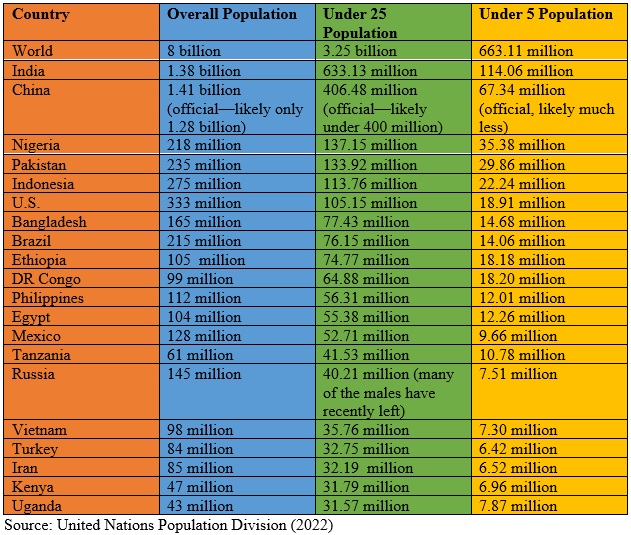Art is both tangible and intangible. It exists as a physical thing in whatever form it takes—painting, sculpture, architecture or otherwise. But it also has meaning. And that meaning will be different for each viewer. What you take from South Park: Bigger, Longer, Uncut, will undoubtedly be different from what we garner. Some will argue about what is and what is not art, including over the South Park movie which we argue is one of the five greatest musicals of all time. Opinions may vary. But art at its best captures the essence of something.
And that is what our nephew, Uriah, did with his latest piece, a painting that we commissioned. You may remember we mentioned the talented Uriah a few months ago. He looked at a photo of our much missed, dearly departed Putter and created so much more. Gazing at the painting as we often do, we can feel the little man’s energy, his feline joie de vivre, his cat’s meow. And we can literally feel him too. Uriah used not just paint but fabric in the piece, which allows for us to pet Putter as we walk by the painting, which my wife and I do. Uriah is a bit of an artistic genius and you should check out his website for more. And we paint a picture of the possible coming AI revolution, The India and the Restless and whether China’s decision has already been made for it. It’s this week’s International Need to Know, handing out yellow cards to bad international takes and kicking the ball past the establishment’s goal keepers.
We’ll be joie de vivre’ing ourselves next week. International Need to Know will return on Thursday, December 15th.
Without further ado, here’s what you need to know.
Does An AI Revolution Loom?
The chatter wafts in the air, at least in a few circles we Venn with, that an AI revolution is looming. Yes, after much talk and promise, experts assert we are finally going to see some revolutionary artificial intelligence practical progress. The hype is finally coming to fruition. But ever since we over promised on self-driving cars years ago, we’ve been more cautious on all things AI. Nonetheless we kept hearing this latest buzz so explored the matter. More and more we read about Generative Pre-Trained Transformer 3 (GPT-3) which uses deep learning AI to produce human-like text. For example, you can pay the company Jasper $40 per month to have its AI write marketing content, social media posts, product descriptions and, I suppose, International Need to Know articles. We were tempted to pay the money and have it write this post. Then, there’s Midjourney, a lab that has developed software which produces images based on written descriptions. And just before Thanksgiving we read about Meta’s CICERO, which can “out negotiate humans in a Diplomacy game.” Yes, Meta’s AI competed against 82 human players. In 72 hours of game playing, “CICERO achieved more than double the average score of the other players and ranked in the top 10% of players!” In the screen shots below you can see two of its interactions. Not perfect but not bad either. And, to top the AI progress off, we use Google translate all the time on Twitter with pretty good results. One professor testing a new AI software determined, “you can no longer give take-home exams/homework.” In 2023 how many of our typical interactions will be with AI or assisted by AI? In 2024? 2025? We just started watching Andor and the R2D2-like robots in the show seem closer to reality than ever.
The India and the Restless
In recently reading about India we were struck that “one in five people under the age of 25 globally are Indian.” In other words, India, the most populous country in the world*, has a lot of young people. That got us to wondering where the other young people of the world live. As you can see in the table below, China is second, followed by Nigeria, Pakistan, Indonesia and the U.S. You may be surprised by that last one. The U.S. is the third-most-populous country in the world and its fertility rate held up better than most developed countries the last twenty years. But a number of countries with smaller overall populations than the U.S. have larger younger populations. Notice that Indonesia, Pakistan, Nigeria, Ethiopia** and the Democratic Republic of the Congo all have larger under 25 populations than the U.S. But they are all dwarfed by India’s. It’s likely that India’s influence economically, culturally and politically will grow over the next 40 years with its large and still youngish population. A number of African countries will be much larger in the coming years. If they can develop economically, they, too, will become more influential in the world. China’s influence, if its government remains authoritarian, has likely waxed in the world. If China liberalizes, even as its population wanes, it likely will gain greater cultural and political influence in the world. The country has some tough choices to make, including the ones in the story below.
*China is not as large as it claims
**Will Ethiopia be able to remain one country with a large population or will it split from civil war?
China Corner: China’s Sophie’s Choice
Way, way back in March of 2020 we wrote regarding the then nascent pandemic, “…we are willing to wager that much of what we think we know will turn out to be wrong in the light of longitudinal studies and time.” China, so confident the last two plus years, is learning this lesson the hard way. Much is being written about what will happen with the protests. We will concentrate today on framing the quandary and difficult choices facing China’s government. What is possible and what is not? Is continuing a strict Zero Covid policy possible given the slow economy and the protests? We guess no and already China is signaling a change. China has already adopted a “dynamic” Zero Covid policy which is haphazardly applied by local officials. For example, many are now allowed to quarantine at home and don’t have to test as rigorously. But can Omicron be completely eliminated without strict shutdowns of entire cities? Given rising cases in China, we guess no. And how well will China’s health care system manage a large spread of the virus? One study projects lover 1.5 million deaths, including a large percentage of the unvaccinated elderly and an overflowing of ICU units. The study was published in Nature by Chinese scientists and perhaps they had to paint a dire picture to justify the Zero Covid policy of their dear leader. But even if the study exaggerates, China’s health care system will be strained and large numbers will die. However, the question might not be whether China will adjust its Zero Covid policy but whether it’s already too late to control the speeding omicron. Perhaps with the spread that has already occurred, and absent full massive lockdowns, the germ ridden die is already cast. Oh, and what will happen to the protestors you may still ask? We know that the surveillance system built up for Covid provides for the control of people as much as viruses. Those not already arrested soon will be. Likely, at least for now, Xi will be able to oppress humans better than viruses. What we and Xi think we know will likely turn out to be wrong in the long run.
Like a Uriah painting, this is a work of art: a visual representation of China’s impossible choices




